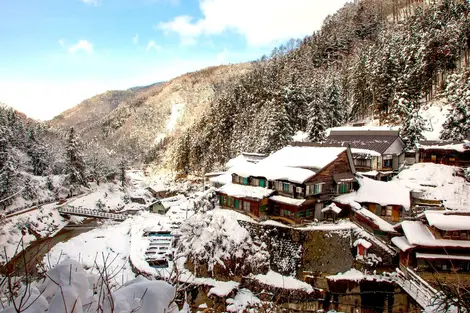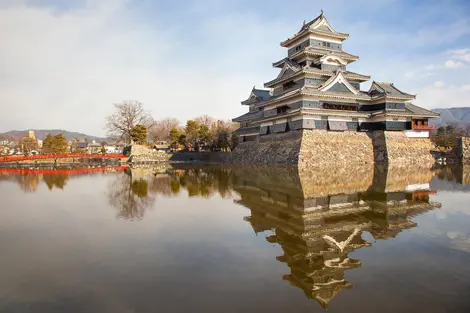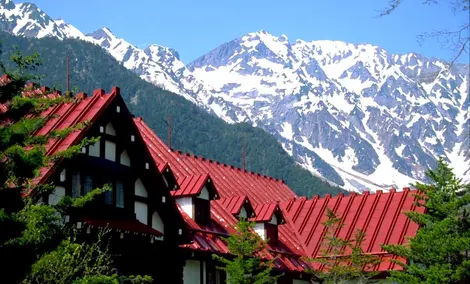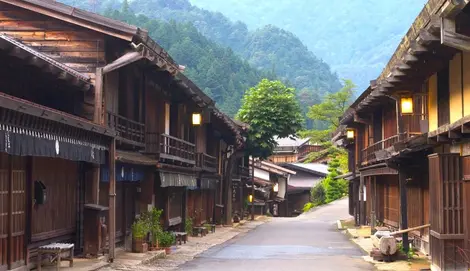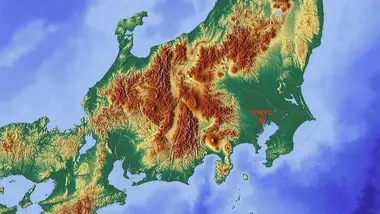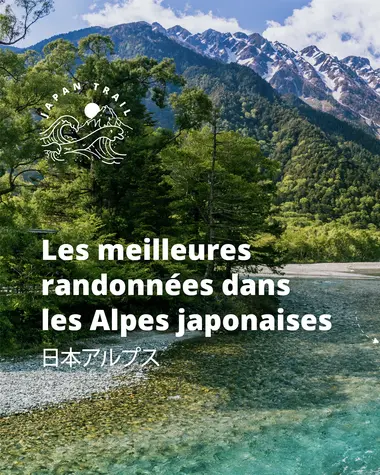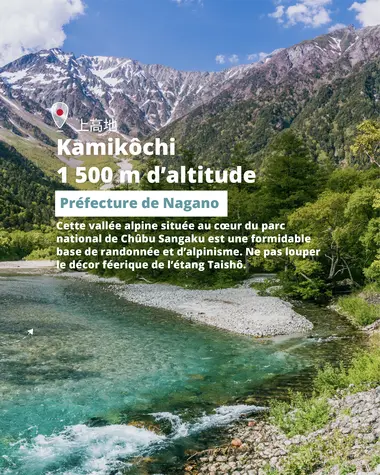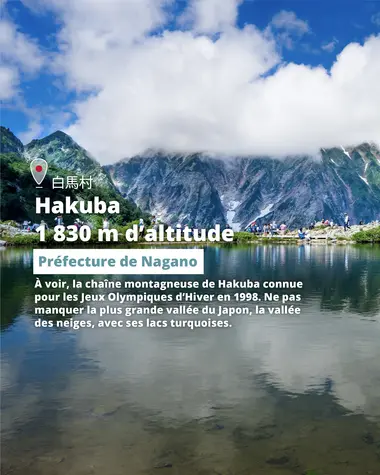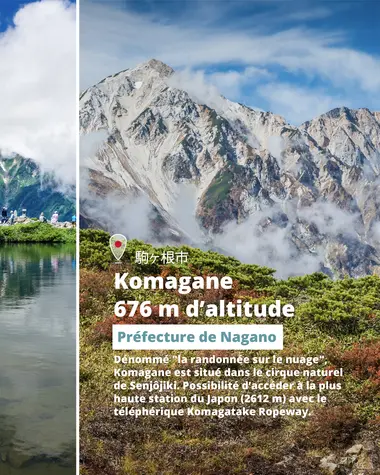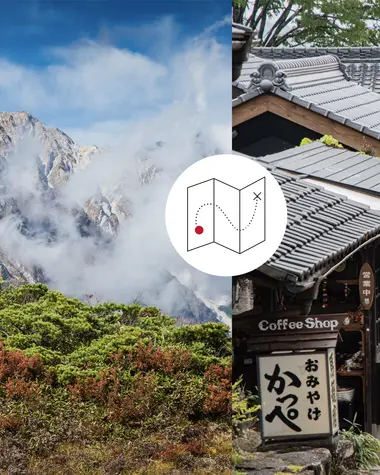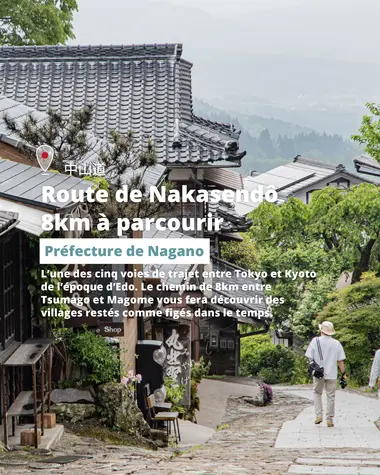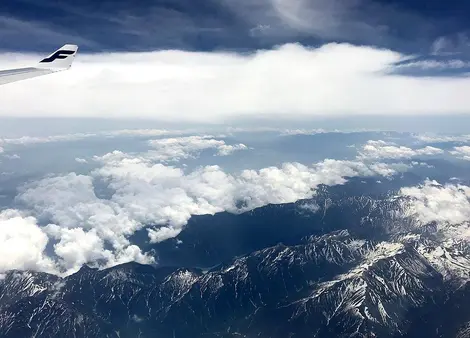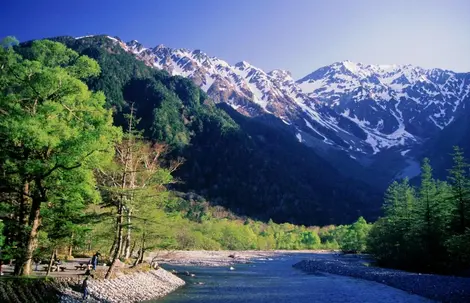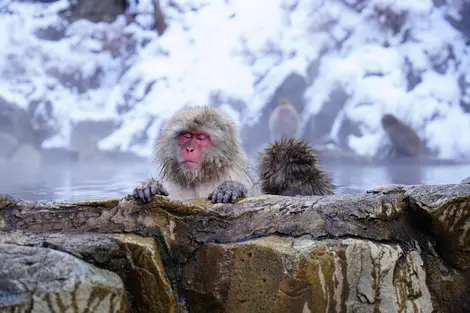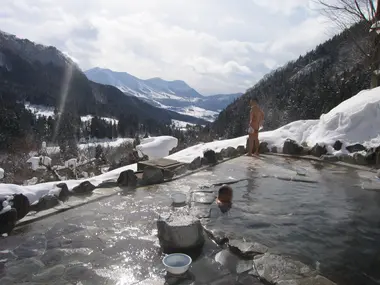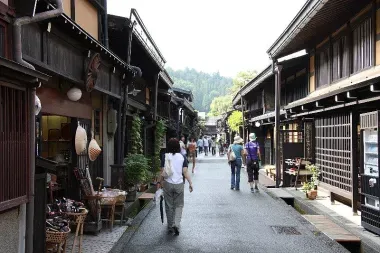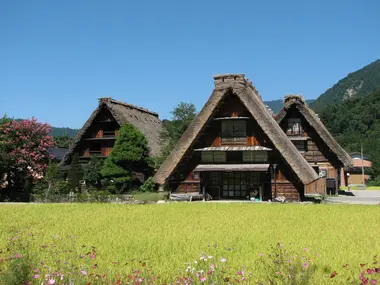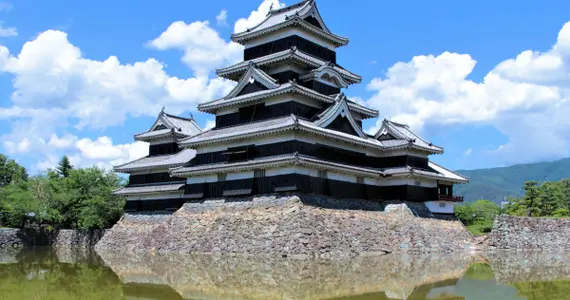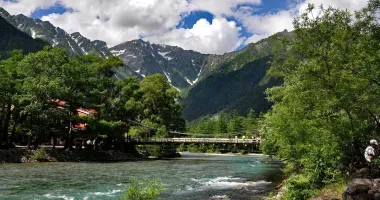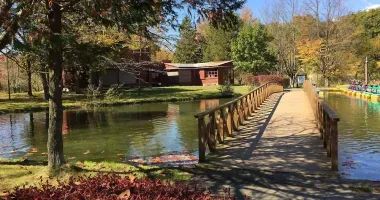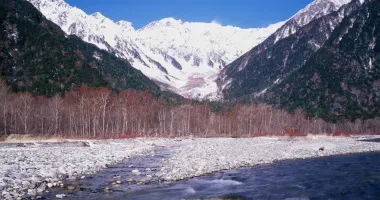The Japanese Alps 日本アルプス
- Published on : 08/04/2020
- by : La rédaction / J.R.
- Youtube
The Japanese Alps: the mountain in the heart of Japan
In the Chûbu region, between Kansai and Kanto, stand the Japanese Alps: a large and majestic mountain range whose various mountains exceed 3000 meters in altitude. Splendid panoramas, sporting hikes, thrilling skiing, hot springs or even centuries-old villages ... The Japanese Alps are home to their share of activities and well-kept secrets.
Japanese Alps: a bit of geography
The Japanese Alps ( Nihon Arupusu ) include three mountain ranges : the Hida chain in the north, the Kiso chain in the center and the Akaishi chain in the south. It is Mount Kita , in the southern part, which plays the role of the highest peak, at 3,193 meters . It is followed by Mount Hotaka, which rises to 3190 meters. This set of mountain ranges extends over 200 km long and 40 km wide, mainly in the Chûbu region, and over six different prefectures.
The name "Japanese Alps" was given by an English archaeologist, William Gowland , who explored this mountain range at the end of the 19th century and saw there a geological resemblance to the European Alps. The name was then popularized in the 20th century by a British missionary, Walter Weston , who also explored these mountains and documented Gowland's work.
Japan's only three active glaciers are also found in the Japanese Alps.
- Read also : The mountains in Japan
Discovering the treasures of the Japanese Alps
Surrounded by the peaks of the Japanese Alps, the resort of Matsumoto is more than just the starting point for mountain activities. You can also visit one of the country's highest perched castles, Matsumoto-jô, nicknamed "Raven Castle" because of its dark roof. Just a few minutes' walk away, the Kaichi school-museum is like a classroom frozen in 1876, when the Meiji regime (1868-1912) set out to change the people through education; while the Naka-machi ("inner city") district has preserved its kura, the old warehouses typical of the late 19th century.
And to spice up your trip, the small town of Hotaka (named after a famous mountain peak) is the capital of wasabi, the green-colored horseradish that graces so many Japanese dishes, and several specialized farms are open to visitors (notably Dai-ô).
- Read also: Visiting Matsumoto
Discovering the Japanese Alps and its treasures
Surrounded by the peaks of the Japanese Alps, the Matsumoto resort is not only the essential starting point for mountain activities. We visit one of the highest perched castles in the country, Matsumoto-jô, nicknamed " Crow's Castle " because of its dark roof. A few minutes' walk away, the Kaichi School-Museum is like a classroom frozen in 1876, at the time when the regime of the Meiji era (1868-1912) intended to change the people through education; while the district of Naka-machi ("the inner city") has preserved its kura , these old warehouses typical of the end of the 19th century.
And so that the mustard comes to your nose, the small town of Hotaka (named after a famous summit) is the capital of wasabi, the green-colored horseradish that adorns so many Japanese dishes, and several specialized farms are open to the visit (especially Dai-ô).
- Related articles : Visit the city of Matsumoto
Hiking, skiing and hot springs in the Japanese Alps
To the west, the beautiful Kamikochi Valley owes its popularity to Western mountaineers who planted their ice axes here in the 1880s. This park is not the ideal place for skiing in Japan, but rather for hiking or climbing .
- To go further : The best hikes in the Japanese Alps
The mountain range is also home to many spa villages , to bask in the many onsen (Hirayu and Fukuchi, the quiet Maguse , or the old farm of Osawayama Onsen ). The small town of Shibu is home to many establishments with hot baths in the mountains. Bessho will be a great stopover to enjoy both its temples and its baths.
- Read also : A short guide to the onsen
In addition, we can only advise to go to Jigokudani (from Nagano), a natural park where monkeys live. Best done in winter, to watch them bathe in the hot water of the natural springs ...
Many ski areas are spread elsewhere in the Japanese Alps, especially around Nagano : we recommend the popular Hakuba and Shiga Kôgen . From Toyama, the Tateyama Sanroku station will allow you to enjoy the snow.
- Also read : Top 5 best ski resorts in Japan
You can extend your stay in the surroundings by joining the beautiful Kanazawa via "little Kyoto" , Takayama , and the famous village of Shirakawa-gô , in Hakusan national park : traditional houses with thatched roofs classified as World Heritage of Unesco.
On the Nakasendo road in the Japanese Alps
Another route (easily accessible from Matsumoto) takes us straight back 400 years, to the Tokugawa era, when merchants and courtiers constantly traveled between Edo (Tokyo - political and economic capital) and Kyoto (the imperial city) in borrowing the Nakasendô.
In the shade of the dense cypress forests of the Kisoji Valley, the old paved road had 69 staging posts. We will visit three, preserved with taste: Narai (formerly the most important), and especially Tsumago and Magome. Small bourgshors of time, which give the impression of walking in a period film setting ...




